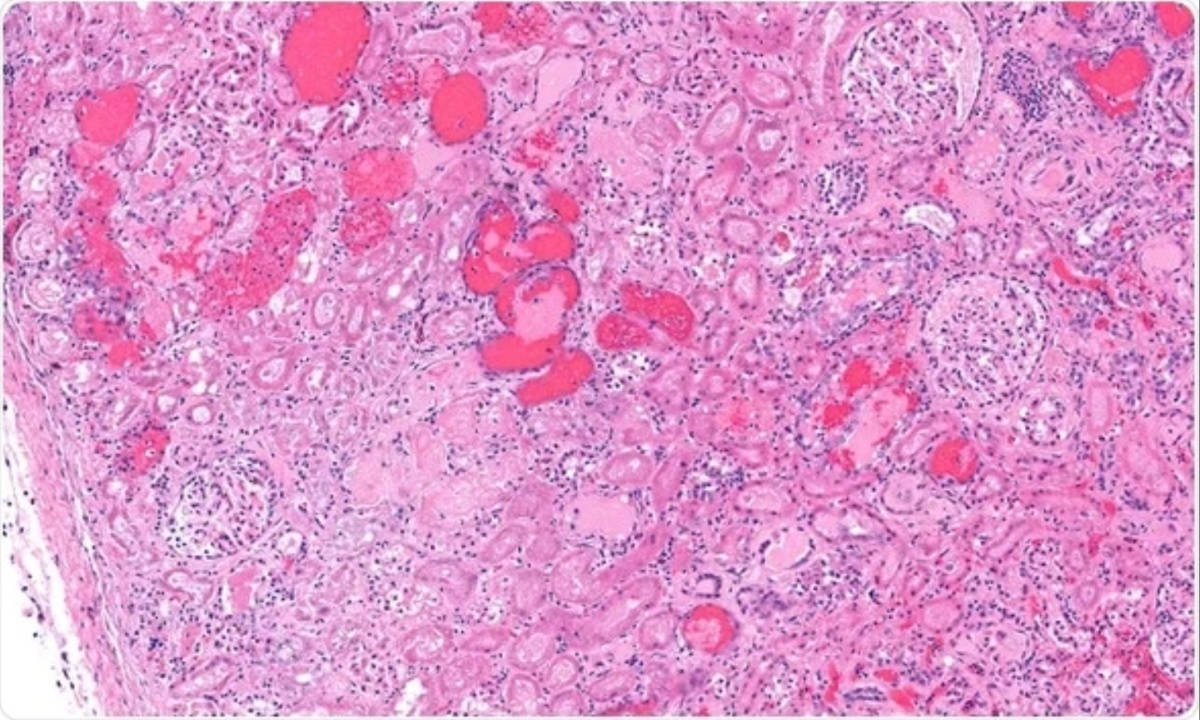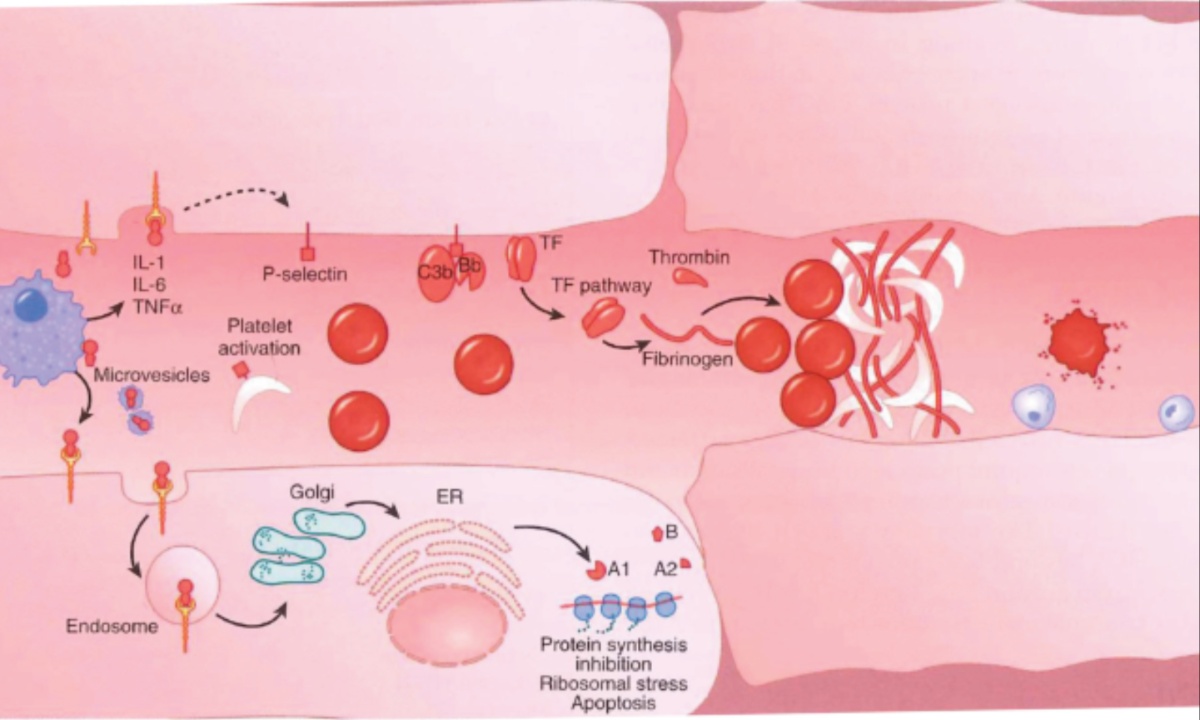In the past year, Italy has reported almost 70 cases of Hemolytic Uremic Syndrome (HUS), a severe complication that arises from E. coli infections and can lead to kidney failure. Specifically, from July 1, 2023, to June 30, 2024, there were 68 recorded cases of HUS in the country.
The data was collected by the Italian Hemolytic Uremic Syndrome Registry, which is managed by the Italian Society of Pediatric Nephrology and the National Institute of Health (ISS).
The cases were distributed across 18 regions in Italy, with two patients residing abroad and six individuals showing symptoms after international travel. Most of the affected individuals were children under the age of 15, with only one patient aged between 15 and 24. The regions with the highest number of cases were Puglia, which reported nine cases, and Campania and Veneto, each with seven cases.

The median age at the onset of the disease was three years old. Interestingly, the number of reported HUS cases in the first half of 2024 was lower than expected, especially during February and March when only one case was reported.
Conversely, the months of July and August 2023 saw a higher incidence of cases compared to previous years, indicating a seasonal fluctuation in the occurrence of HUS.
Of the 53 patients who tested positive for Shiga toxin-producing E. coli (STEC), the majority were associated with the top-5 STEC serogroups: O26, O157, O111, O145, and O103, with 49 cases linked to these serogroups.
E. coli O26 was the most prevalent, consistent with the broader European trend where this serogroup is the dominant cause of HUS. In comparison, E. coli O157 was the second most common, followed by E. coli O145.
For context, between July 2022 and June 2023, Italy recorded 73 cases of HUS, with nearly all patients being younger than 15. In France, the most recent data for 2022 shows a record 253 HUS cases, the highest since monitoring began in 1996, highlighting a concerning trend in the incidence of this serious condition across Europe.
